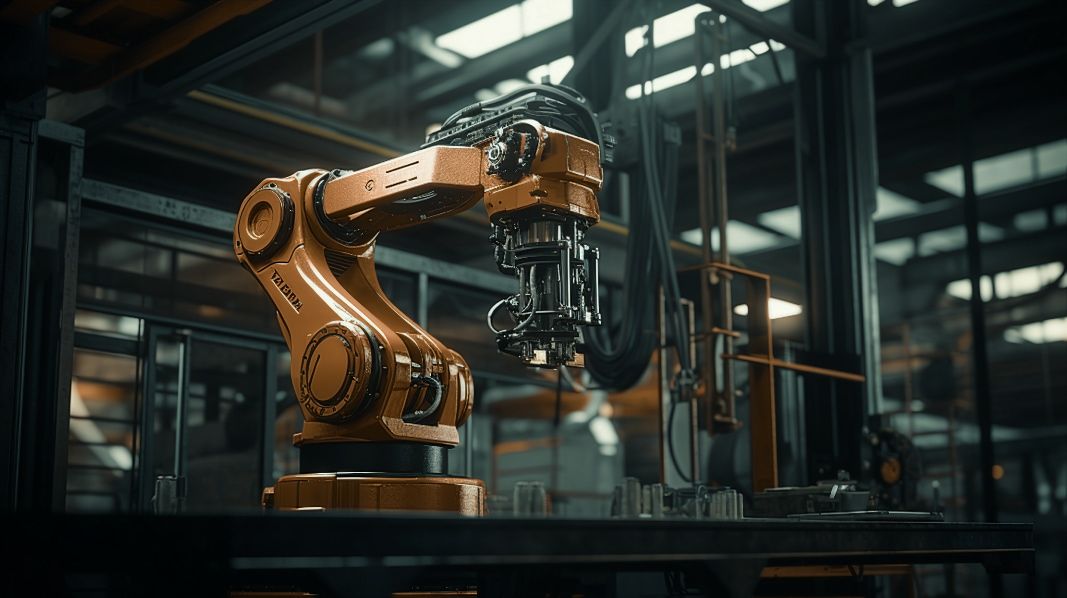-
CAS110-82-7
-
Structural formula
C₆H₁₂
Remove cyclohexane from the exhaust air
What is cyclohexane?
Cyclohexane is a colourless, flammable liquid hydrocarbon. It belongs to the group of cycloalkanes and is mainly used as a solvent and as a starting material for the synthesis of nylon and other plastics. In chemistry, cyclohexane plays an important role in the production of adipic acid and caprolactam, the precursors for nylon-6 and nylon-6,6.
Creation
Cyclohexane is mainly produced by the hydrogenation of benzene in the chemical industry. It is used in various industrial processes, including the production of plastics, resins and solvents. It is also used in the production of rubber and pesticides.
Recognition
Cyclohexane is a colourless liquid with a mild, sweet, petrol-like odour. It can irritate the eyes and skin and its vapours can cause dizziness, headaches and drowsiness. Due to its volatile nature, cyclohexane can easily evaporate and form flammable vapours.
Limit values
In Germany, the limit values for cyclohexane are regulated by the Technical Instructions on Air Quality Control (TA-Luft) and the occupational exposure limit values (OEL). The OEL for cyclohexane is 100 ppm (parts per million) or 440 mg/m³. These limit values are intended to ensure that the concentrations in the workplace do not cause any damage to health.
Hazards
Health: Cyclohexane can cause acute health problems such as respiratory irritation, dizziness, headaches and drowsiness if inhaled. Long-term exposure can damage the central nervous system, which can lead to chronic symptoms such as memory problems and reduced concentration. If swallowed, it can cause nausea, vomiting and, in severe cases, pneumonia through aspiration. Environment: Cyclohexane is poorly biodegradable and can contaminate water and soil in high concentrations. This can damage local flora and fauna by impairing water quality and causing toxic effects on aquatic organisms. It can accumulate in the environment and disturb the ecological balance. Economic damage: Improper handling and storage of cyclohexane poses a high risk of explosion and fire as it is highly flammable. Such incidents can lead to significant property damage and loss of production, which in turn can result in high insurance costs and legal consequences. In addition, contaminated sites can require expensive remediation measures.
The oxytec Purification Technology
For many organic pollutants, we offer energy-saving and clean technologies for neutralisation, which we combine in multi-stage plants. In order to achieve a reduction below the limit values, not only the dimensioning of the respective purification stage but also the sequence of the technologies is decisive, as they have different physical effects on the molecules. Below we present some of our purification modules.
CWA
Alternative technologies
In addition to our solutions, there are other technologies such as conventional activated carbon filters and simple ventilation systems. However, these often have disadvantages such as high energy consumption, limited cleaning performance, large space requirements, long lead times and high investment costs.
Advantages of the oxytec solution
- Compact design: Small footprint compared to traditional systems.
- Low operating costs, therefore rapid amortisation
- Environmentally friendly: Minimal environmental impact thanks to innovative technologies
- Efficient cyclohexane reduction: High efficiency thanks to high purification levels with minimal energy consumption.
